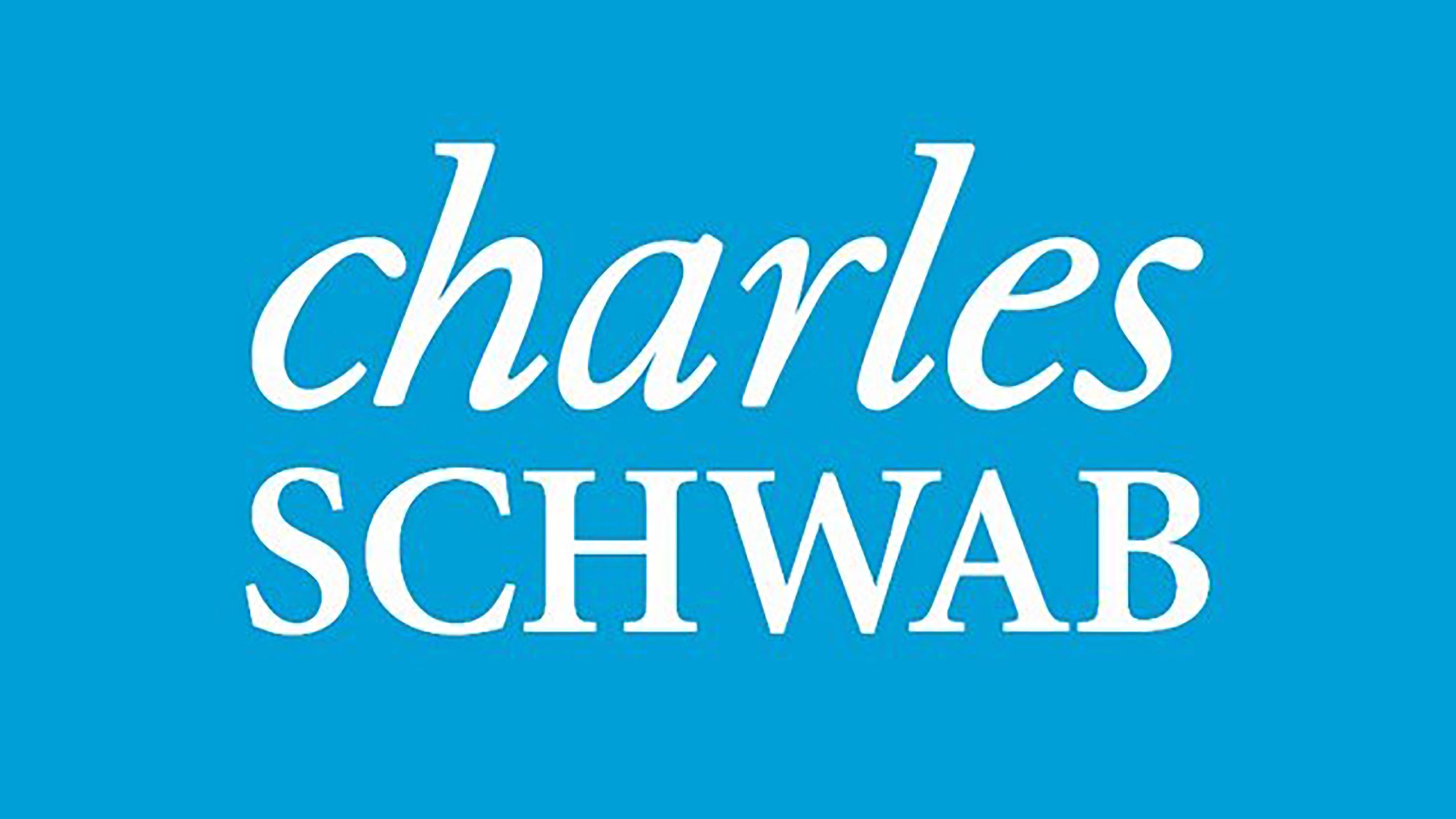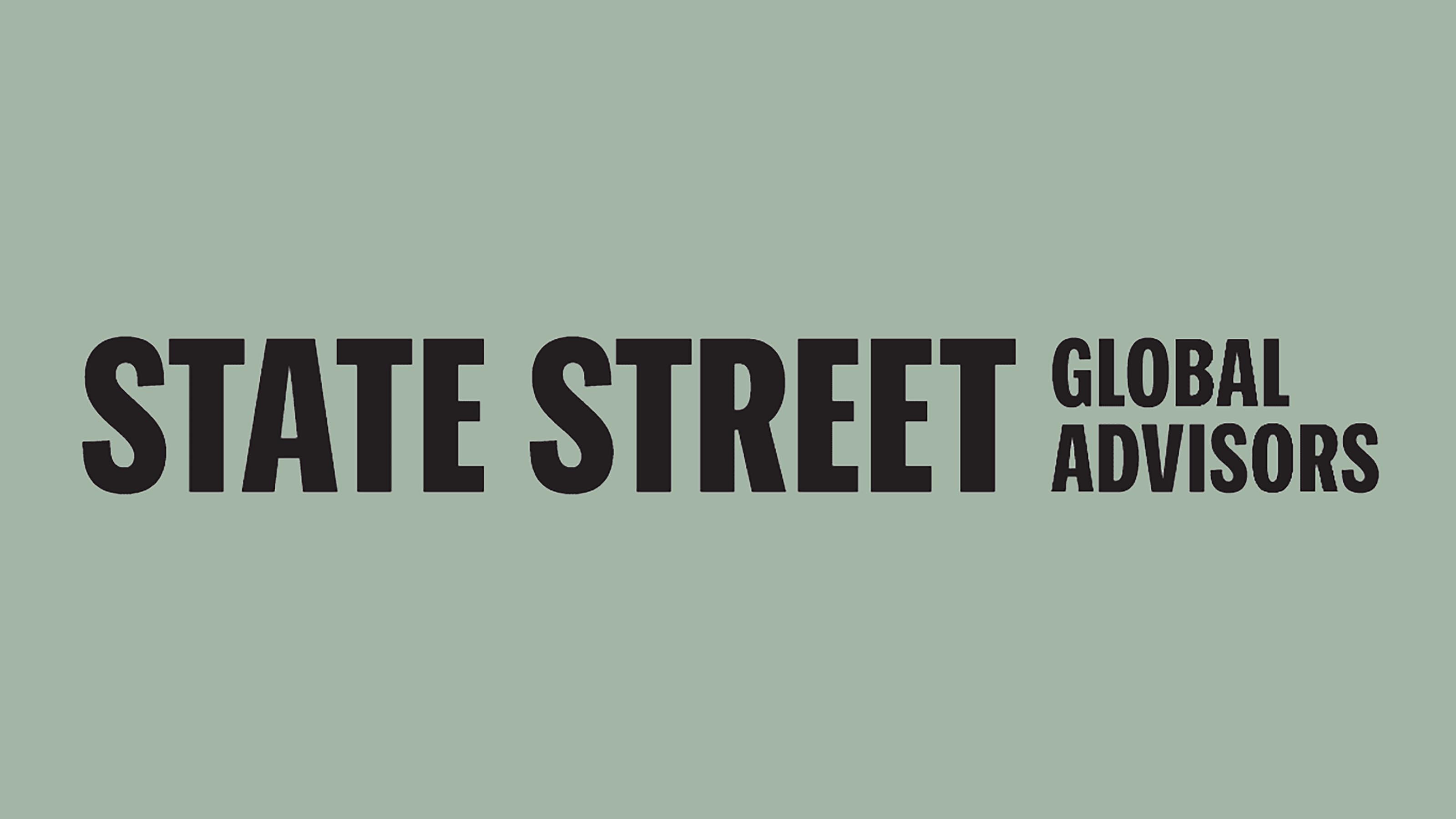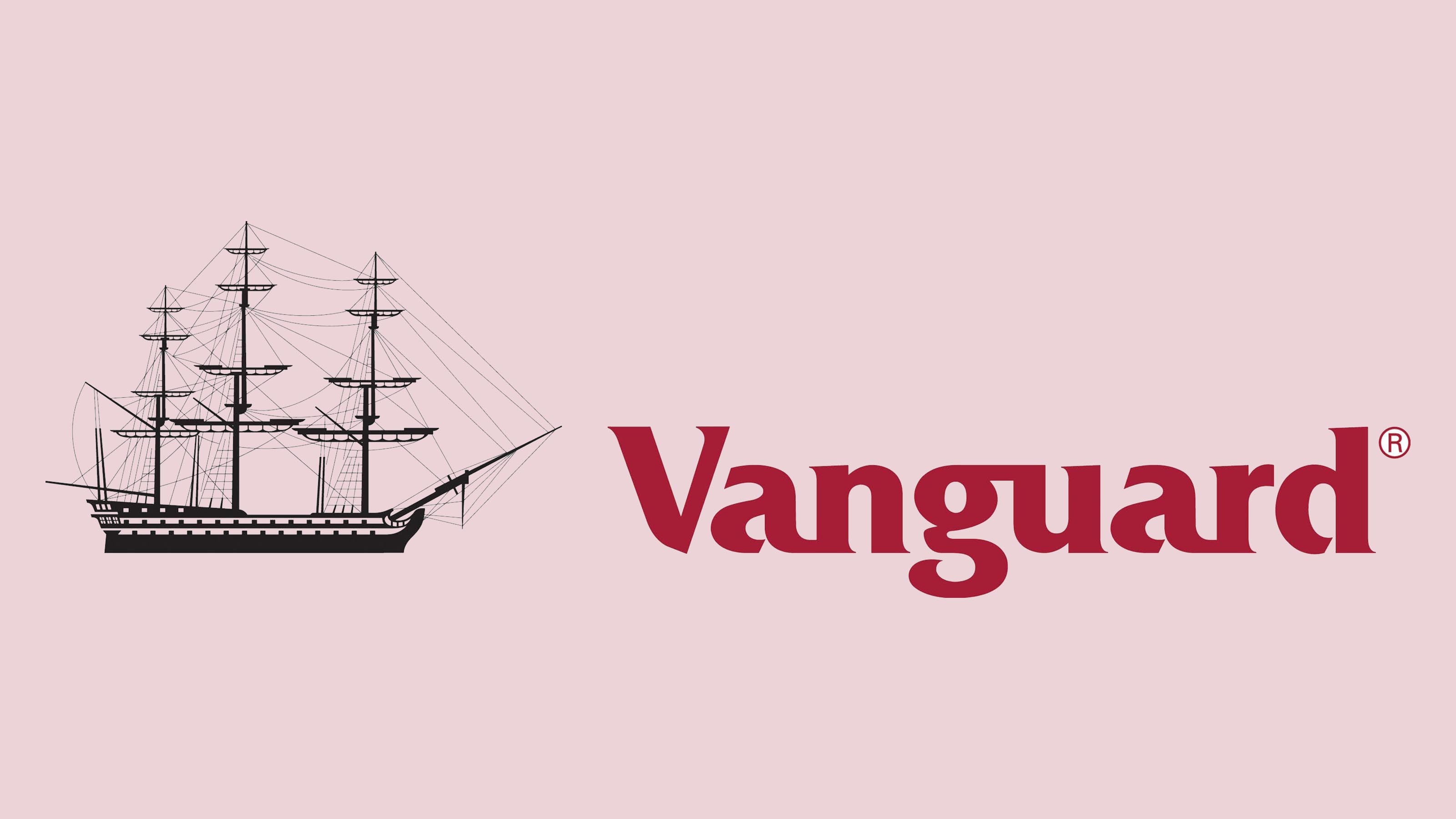Best Dividend ETFs to Buy Now
Are you a set-it-and-forget-it income investor? These dividend ETFs generate cash through a variety of long-term strategies.


When you're investing for the long run, there's nothing like a sizable allocation to dividend-paying stocks to help you sleep at night. And if cold, hard cash is like a warm, fuzzy blanket, dividend ETFs are like a closet full of quilts.
Admittedly, it's hard to care about gradually building wealth with dividend payments when there are so many flashier things going on. Be real: How many CNBC and Bloomberg TV spots have you watched about President Donald Trump's tariff plans or whether or not there's an AI bubble?
OK, now how many spots have you watched about slow trickles of cash?
But what dividend stocks lack in curb appeal, they make up for in substance. From Hartford Funds:
"Dividends have played a significant role in the returns investors have received during the past 50 years. Going back to 1960, 69% of the total return of the S&P 500 Index can be attributed to reinvested dividends and the power of compounding."
Clearly, you don't want to sleep on dividends, especially during periods of extreme market uncertainty like we've experienced so far in 2025.
So, what's the best way to stash them in your portfolio? You could try to pick and choose dividend-paying stocks. But, as with any single-stock investments, you're taking on risk — not just of the company faltering and its share price heading lower but also of management cutting or even eliminating the dividend.
Or you could spread that risk across dozens, hundreds, even thousands of stocks via dividend ETFs. Read on as we discuss the best dividend ETFs for a diversified portfolio.

The best dividend ETFs
To find the best ETFs for income investors to buy, we narrowed our search to seven funds with low costs and varying strategies.
We also selected ETFs that enjoy Morningstar Gold or Silver Medalist ratings. Morningstar's forward-looking ratings system analyzes a fund's ability to outperform its category in the future.
And we focused on the best dividend ETFs that pay more than the S&P 500's current 1.2% yield, with one fund on the list nearly quadrupling this payout.
Data is as of November 6. Yields represent the trailing 12-month yield, a standard measure for equity funds.
Exchange-traded fund (ticker) | Dividend yield |
|---|---|
Schwab US Dividend Equity ETF (SCHD) | 3.9% |
SPDR S&P Dividend ETF (SDY) | 2.7% |
Vanguard High Dividend Yield ETF (VYM) | 2.5% |
WisdomTree U.S. Quality Dividend Growth Fund (DGRW) | 1.4% |
FlexShares Quality Dividend Defensive ETF (QDEF) | 1.7% |
Vanguard International Dividend Appreciation ETF (VIGI) | 1.9% |
WisdomTree Emerging Markets High Dividend Fund (DEM) | 4.3% |

Schwab US Dividend Equity ETF
- Type: Large-cap blend
- Assets under management: $68.3 billion
- Dividend yield: 3.9%
- Expenses: 0.06%, or $6 annually on a $10,000 investment
Let's start with the Schwab US Dividend Equity ETF (SCHD), a straightforward, well-rounded solution that's ideal for buy-and-hold investors looking for a cheap ETF.
This index fund follows the Dow Jones U.S. Dividend 100 Index, which tracks 100 high-yielding stocks from the Dow Jones U.S. Broad Market Index that have paid dividends for at least 10 consecutive years.
It has quality filters as well, favoring cash flow to total debt, return on equity, five-year dividend growth and dividend yield.
"Schwab U.S. Dividend Equity ETF stands out for its sensible, transparent and risk-conscious approach that should generate better long-term risk-adjusted returns than the Russell 1000 Value Index, its Morningstar Category benchmark," explains Morningstar about the gold-rated fund.
The resulting portfolio is a roughly 100-member group of large-cap dividend stocks. Indeed, the weighted average market capitalization of its holdings is about $134.3 billion.
While it's diversified by sector, some enjoy greater weight than others. Of the 10 sectors where the funds are distributed, four currently have double-digit exposure, led by energy (19.3%), consumer defensive (18.5%) and health care (16.1%).
Importantly, SCHD intentionally excludes real estate investment trusts (REITs) and master limited partnerships (MLPs).
Top holdings include the likes of Chevron (CVX), ConocoPhillips (COP) and Texas Instruments (TXN), which help deliver a supple yield of 3.7%. And that's more than double the S&P 500's yield.
Investors can purchase all of the above at one of the lowest expense ratios among dividend ETFs. SCHD's 0.06% expense ratio translates into just $6 per year if you have $10,000 invested in the fund.

SPDR S&P Dividend ETF
- Type: Mid-cap value
- Assets under management: $19.6 billion
- Dividend yield: 2.7%
- Expenses: 0.35%
Let's turn our attention toward dividend growth and look at the SPDR S&P Dividend ETF (SDY).
SDY tracks the S&P High Yield Dividend Aristocrats Index. As you might imagine, this is similar to the S&P 500 Dividend Aristocrats but with a few tweaks.
The S&P 500 Dividend Aristocrats are S&P 500 stocks with 25 or more consecutive years of payout hikes. The S&P High Yield Dividend Aristocrats are pulled from the larger S&P Composite 1500, which includes large-, mid- and small-cap stocks weighted by yield and with at least 20 years of consecutive hikes.
While you'd imagine dividend growth stocks would offer high yield, that's often not the case. In fact, many such funds offer yields comparable to or even less than the market. But SDY's dual focus offers both above-average yield as well as dividend growth, which itself is often a sign of healthy, growing businesses.
"This fund has delivered stellar lifetime results by protecting the downside," says Morningstar of the silver-rated fund. "The mature franchises that headline this portfolio tend to generate relatively stable returns."
SDY is somewhat lopsided from a sector perspective. Industrial stocks make up 19.5% of the portfolio, consumer staples 17.7%, utility stocks 14.9% and financial stocks 10.7%. Energy and communication services stocks, meanwhile, account for fewer than 5% of the portfolio apiece.
At the same time, no individual stock accounts for more than 2.9% of assets at the moment. Top holdings include the likes of Microchip Technology (MCHP), Verizon Communications (VZ) and Realty Income (O).
Learn more about SDY at the State Street Investment Manager provider site.

Vanguard High Dividend Yield ETF
- Type: Large value
- Assets under management: $66.0 billion
- Dividend yield: 2.5%
- Expenses: 0.06%
The Vanguard High Dividend Yield ETF (VYM) is another dirt-cheap dividend ETF that's focused on high yield. It tracks the FTSE High Dividend Yield Index, which is made up of above-average-yielding stocks and, like SCHD, excludes REITs.
VYM offers a much larger selection of stocks than the FTSE High Dividend Yield Index. Its portfolio is made up of 568 dividend payers with a massive median market cap of $132.6 billion.
Financial stocks currently are tops at 21.6% of assets, though industrials (13%), health care (12.4%), technology (13.3%) and consumer discretionary stocks (10.1%) all enjoy double-digit weights as well.
Top holdings are a who's who of blue chip stocks, among them Broadcom (AVGO), JPMorgan Chase (JPM), Exxon Mobil (XOM), Walmart (WMT) and Procter & Gamble (PG).
The Vanguard High Dividend Yield ETF, which earns a gold Morningstar Medalist rating, might be worthy of more attention if the U.S. economy slows or enters a recession at some point down the road. Shaky markets tend to send investors into dividend stocks, which can provide income when stock returns aren't there.

WisdomTree U.S. Quality Dividend Growth Fund
- Type: Large blend
- Assets under management: $15.9 billion
- Dividend yield: 1.4%
- Expenses: 0.28%
The WisdomTree U.S. Quality Dividend Growth Fund (DGRW) tells you directly what it invests in yet is unintentionally misleading. Whereas most "dividend growth" funds are interested in the growth of dividends, the WisdomTree U.S. Quality Dividend Growth Fund is interested in dividends — pause — and growth.
As in, good old-fashioned earnings growth.
Got it?
Specifically, DGRW starts with a screening universe that includes any companies with a market cap of at least $2 billion within the WisdomTree U.S. Quality Dividend Growth Index. It then chooses the roughly 300 stocks with the best combined rank of growth and quality factors.
Growth is determined by long-term earnings growth estimates, while quality is based on three-year averages for return on equity (RoE) and return on assets (RoA).
DGRW, then, is a predominantly large-cap portfolio.
It's also not terribly balanced. For one, tech is a full 26.1% of assets, followed by double-digit exposure in industrials (14.5%), consumer staples (11.5%) and financials (10.8%). But three sectors have weights of 3% or less.
Also, the top 10 holdings account for 37.6% the portfolio's weight, and the fund is pretty thick in Microsoft (MSFT) at 8.8%, Apple (AAPL) at 5.3% and Exxon Mobil at 4.5%.
The aim with this fund isn't balance but the stability imparted by dividends and the upside potential provided by above-average growth.
So far, so good. DGRW is arguably one of the top funds you can buy right now, sporting both a Gold Medalist rating and five Morningstar stars.

FlexShares Quality Dividend Defensive ETF
- Type: Large value
- Assets under management: $476.7 million
- Dividend yield: 1.7%
- Expenses: 0.37%
Generally speaking, most fund managers would tell you they're trying to invest in high-quality stocks. But certain funds take this a step farther, specifically targeting the "quality factor."
With factor investing, an investor targets certain attributes that they expect to produce higher returns. Low volatility is a factor, for instance, as are value and momentum.
Quality is another such factor, and it typically revolves around choosing stocks with strong balance sheets, stable earnings and other signs of operational excellence.
Enter the FlexShares Quality Dividend Defensive ETF (QDEF).
QDEF tracks the Northern Trust Quality Dividend Defensive IndexSM, which aims to create a portfolio that's both high in quality and low on volatility. The index evaluates all stocks within the Northern Trust 1250 index of large- and mid-cap stocks, then selects dividend payers that score well in management efficiency (e.g., corporate finance activities and corporate governance), profitability and cash-flow generation.
Currently, this FlexShares ETF holds 129 dividend stocks that are primarily large in size. However, while it's considered a "large value" fund, just 38.9% of QDEF's portfolio is considered value in nature: The largest chunk, 40.4%, is classified as "core," while the remaining 15.6% is made up of growth stocks.
It's also somewhat imbalanced from a sector perspective. Tech stocks make up about 32.2% of assets, followed by double-digit holdings in financial services (12.1%) and health care (12.0%).
Top holdings for this Morningstar Gold Medalist fund are a mix of stocks such as Apple, Nvidia (NVDA) and Microsoft that you might not expect to garner top billing in many dividend ETFs, as well as classics such as Procter & Gamble (PG) and Johnson & Johnson (JNJ).

Vanguard International Dividend Appreciation ETF
- Type: Foreign large growth
- Assets under management: $8.8 billion
- Dividend yield: 1.9%
- Expenses: 0.10%
The Vanguard International Dividend Appreciation ETF (VIGI) has the same thrust as other dividend growth ETFs. It simply applies its strategy to international stocks.
VIGI tracks the S&P Global Ex-U.S. Dividend Growers Index, a free-float adjusted market cap-weighted index made up of both large- and mid-cap stocks based in developed and emerging markets (EMs) alike.
The index selects companies that have improved their dividends for at least seven consecutive years. It then removes the highest-yielding stocks, a filter meant to improve portfolio quality and eliminate potential dividend cutters in the future.
Lastly, stocks are capped at 4% weights at each year's rebalancing to avoid dedicating too many assets to any one company.
VIGI's portfolio has 335 holdings, and it tilts heavily toward large-cap stocks, with roughly 88% of assets dedicated to bigger companies. While VIGI can hold emerging market stocks, they currently command a small 7.2% weight.
Instead, the ETF favors developed Europe (42.3%), Pacific (33.3%) and North America (17.2%). Top country allocations at present include Japan (29.1%), Canada (17.2%) and Switzerland (15.9%).
While VIGI focuses on dividend-growers rather than high-yielders, it's still chock-full of international blue chips such as Nestle (NSRGY), SAP (SAP), Novartis (NVS), Royal Bank of Canada (RY) and Novo Nordisk (NVO).
"Vanguard International Dividend Appreciation effectively captures high-quality firms with consistent dividend growth that should offer attractive long-term performance," says Morningstar director Bryan Armour. "Its established constituents insulate the portfolio from volatility and should lead to a long-term risk-adjusted advantage."
That makes VIGI one of the best dividend ETFs you can buy and one of the top offerings from Vanguard, period.

WisdomTree Emerging Markets High Dividend Fund
- Type: Large value
- Assets under management: $3.3 billion
- Dividend yield: 4.3%
- Expenses: 0.63%
Typically, investors look to emerging markets for growth, but the WisdomTree Emerging Markets High Dividend Fund (DEM) taps EMs for high yield.
Really, really high yield.
DEM tracks the WisdomTree Emerging Markets High Dividend Index, a fundamentally weighted index that pulls its selections from the WisdomTree Emerging Markets Dividend Index. Specifically, it takes the highest 30% ranked by dividend yield and then weights them by annual cash dividends paid.
DEM is a wide portfolio of 560 emerging market stocks, primarily large cap (52.6%) in nature, though it has plenty of mid-cap (24.0%) and small-cap stocks (23.5%).
The fund isn't very top-heavy, either. State-owned financial firm China Construction Bank is DEM's biggest holding at 4.4%, and the top 10 holdings only account for 23.6% of assets.
DEM is, however, geographically lopsided. Chinese stocks make up 24.4% of assets, followed by Taiwan at 22.7% and Saudi Arabia at 7.1%. Most of the other countries enjoy only token representation.
While WisdomTree's ETF is a whopper of a high-yield pick, the dividends aren't exactly as consistent as what you'll find here in the U.S. Some of its massive yielders — names such as Petroleo Brasileiro (PBR) and Vale (VALE) — have exceedingly variable dividends.
Even then, this Gold-rated fund routinely yields somewhere in the 5% to 7% range, which puts it well ahead of virtually all stock funds, domestic and international alike.
Learn more about DEM at the WisdomTree provider site.
Related content
Profit and prosper with the best of Kiplinger's advice on investing, taxes, retirement, personal finance and much more. Delivered daily. Enter your email in the box and click Sign Me Up.
Kyle Woodley is the Editor-in-Chief of WealthUp, a site dedicated to improving the personal finances and financial literacy of people of all ages. He also writes the weekly The Weekend Tea newsletter, which covers both news and analysis about spending, saving, investing, the economy and more.
Kyle was previously the Senior Investing Editor for Kiplinger.com, and the Managing Editor for InvestorPlace.com before that. His work has appeared in several outlets, including Yahoo! Finance, MSN Money, Barchart, The Globe & Mail and the Nasdaq. He also has appeared as a guest on Fox Business Network and Money Radio, among other shows and podcasts, and he has been quoted in several outlets, including MarketWatch, Vice and Univision. He is a proud graduate of The Ohio State University, where he earned a BA in journalism.
You can check out his thoughts on the markets (and more) at @KyleWoodley.
-
 Best Mutual Funds to Invest In for 2026
Best Mutual Funds to Invest In for 2026The best mutual funds will capitalize on new trends expected to emerge in the new year, all while offering low costs and solid management.
-
 If You'd Put $1,000 Into 3M Stock 20 Years Ago, Here's What You'd Have Today
If You'd Put $1,000 Into 3M Stock 20 Years Ago, Here's What You'd Have TodayMMM stock has been a pit of despair for truly long-term shareholders.
-
 I'm 61 with $1.6 million. What New Year's resolutions can help me retire in 2026?
I'm 61 with $1.6 million. What New Year's resolutions can help me retire in 2026?Here are six tips from professional financial planners to help you retire in the new year.
-
 Best Mutual Funds to Invest In for 2026
Best Mutual Funds to Invest In for 2026The best mutual funds will capitalize on new trends expected to emerge in the new year, all while offering low costs and solid management.
-
 If You'd Put $1,000 Into 3M Stock 20 Years Ago, Here's What You'd Have Today
If You'd Put $1,000 Into 3M Stock 20 Years Ago, Here's What You'd Have TodayMMM stock has been a pit of despair for truly long-term shareholders.
-
 I'm a Financial Pro: You Really Can Make New Year's Money Resolutions That Stick (and Just Smile as Quitter's Day Goes By)
I'm a Financial Pro: You Really Can Make New Year's Money Resolutions That Stick (and Just Smile as Quitter's Day Goes By)The secret to keeping your New Year's financial resolutions? Just make your savings and retirement contributions 100% automatic.
-
 As We Age, Embracing Our Own Self-Doubt Can Be a Gift: A Cautionary Tale About Elder Financial Abuse
As We Age, Embracing Our Own Self-Doubt Can Be a Gift: A Cautionary Tale About Elder Financial AbuseAn aging couple hired a company that illegally required large deposits, and then they decided to stick with the company even after an employee stole from them.
-
 Domestic vs Offshore Asset Protection Trusts: A Basic Guide From an Attorney
Domestic vs Offshore Asset Protection Trusts: A Basic Guide From an AttorneyLearn the difference between domestic asset protection trusts and foreign or offshore asset protection trusts to help you decide what might work best for you.
-
 Santa Claus Rally at Risk as Tech Stocks Slump: Stock Market Today
Santa Claus Rally at Risk as Tech Stocks Slump: Stock Market TodayThe Nasdaq Composite and Dow Jones Industrial Average led today's declines as investors took profits on high-flying tech stocks.
-
 My Top 10 Stock Picks for 2026
My Top 10 Stock Picks for 2026Each year, we ask an expert to pick 10 stocks that have the potential to beat the market over the next 12 months. Here are his choices for 2026.
-
 We're Still Bullish on Stocks
We're Still Bullish on StocksWe're still bullish on stocks for 2026, but now is the time for investors to pull in their horns and dial down risk.

